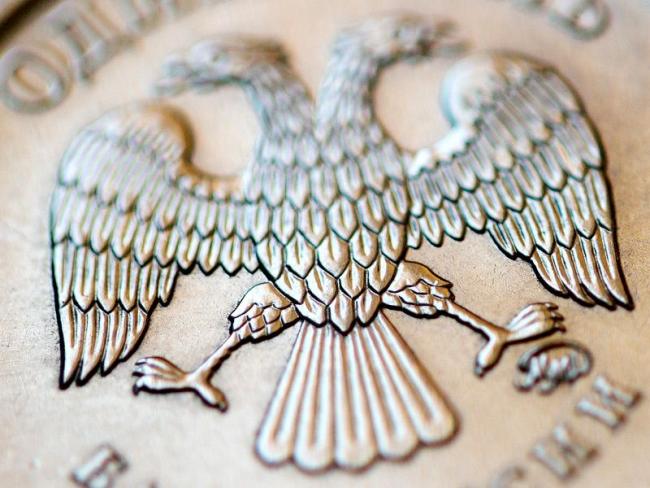(Bloomberg) -- Go inside the global economy with Stephanie Flanders in her new podcast, Stephanomics. Subscribe via Pocket Cast or iTunes.
Russia cut interest rates for the first time since March 2018 and signaled more monetary easing at one of its upcoming meetings as growth slowed and inflation retreated closer to the central bank’s target.
The key rate was cut to 7.50% from 7.75%, according to a statement on Friday. That matched 33 forecasts in a Bloomberg survey, while two economists expected no change. Bank of Russia Governor Elvira Nabiullina will hold a news conference at 3pm in Moscow.
“If the situation develops in line with the baseline forecast, the Bank of Russia sees the possibility of a further key rate reduction at one of the upcoming Board of Directors’ meetings and a transition to neutral monetary policy by mid-2020,” the central bank said in its statement.
Read our live blog for more on the Russian rate decision
The move makes Russia the latest emerging market to tilt toward more dovish policy as escalating trade woes weigh on growth. Chile and India also lowered their benchmark rates recently and other central banks will likely follow if the Federal Reserve signals a shift to easing.
The change in trajectory of interest rates in developed economies reduces the risk of persistent outflows from emerging markets, the statement said.
The ruble extended gains and 10-year government bond yields retreated 4 basis points to 7.66% as investors cheered the prospect of more rate cuts and slower inflation. Ruble bonds, known as OFZs, have already handed carry traders some of the best returns in emerging markets this year.
“The central bank definitely wanted to signal that it is joining the global monetary easing trend,” said Vladimir Miklashevsky, a strategist at Danske Bank A/S in Helsinki. “We see more flows into OFZs given the current rate and inflation outlook.”
Annual inflation decelerated for a third month in June, reaching 5% as of June 10, the central bank said. Price growth will slow to 4.2%-4.7% by the end of the year, the statement said, citing weak consumer demand and ruble strength.
Inflation could rise if the Finance Ministry goes ahead with an idea to invest money accumulated in Russia’s wealth fund, the statement warned.
‘Dovish Undertones’
The central bank also cut its growth forecast for 2019 to 1.0%-1.5% from 1.2%-1.7%. A worsening of international trade tensions may lead to a slowdown in global growth, the statement warned.
Most economists are forecasting a second rate cut from Russia in September, and some see another one by the end of the year. Nabiullina warned last week that there’s no rush to undo two surprise rate hikes imposed last year as inflation jumped.
“The overall dovish undertones of the statement strongly suggest that the central bank will make another 25 basis points cut in 2019,” said Ivan Tchakarov, a Moscow-based economist at Citigroup Inc (NYSE:C). “Given that the neutral policy rate is seen by the central bank in the range of 6-7%, there will be scope for further cuts next year.”
